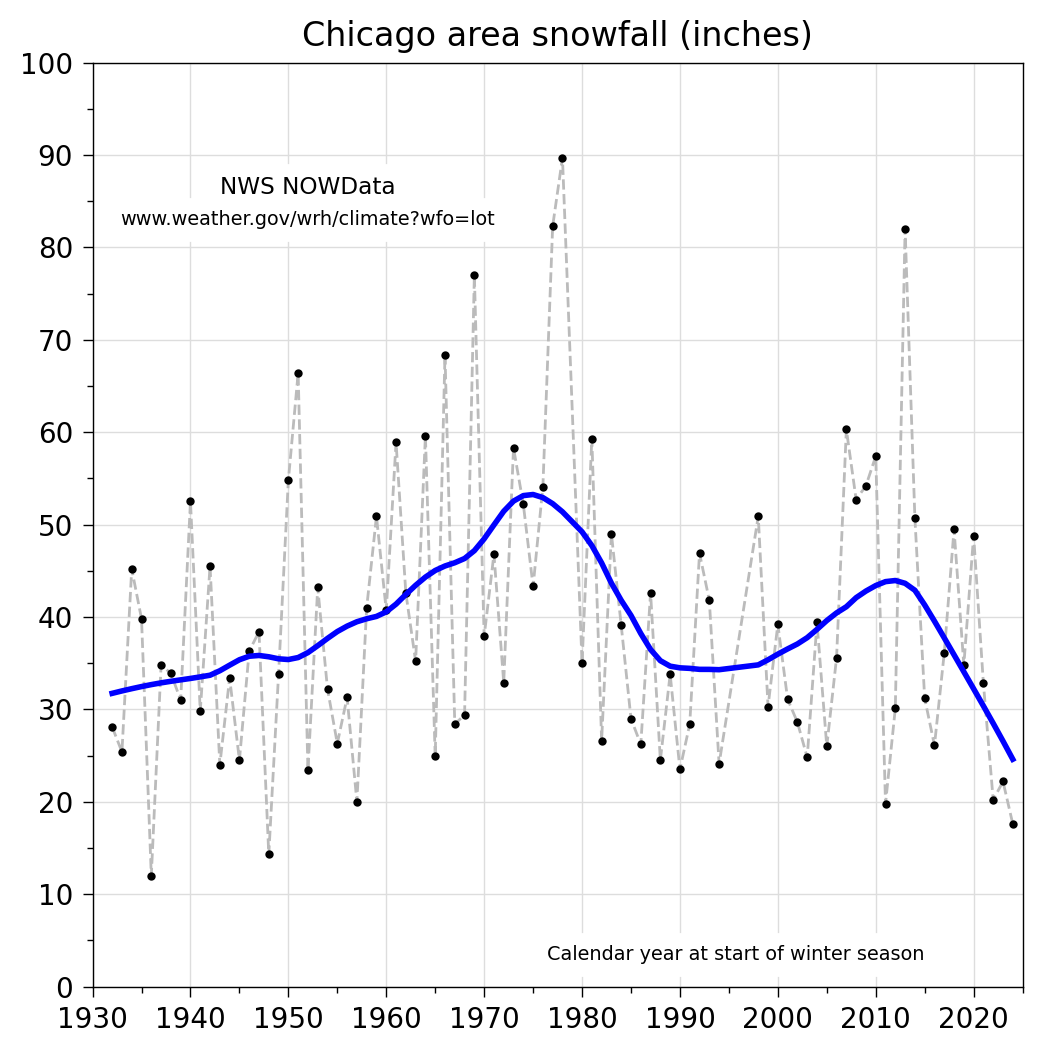A Go ORM for Google Sheets that allows you to query and manipulate Google Sheets data using both a fluent API and SQL-like syntax.
- Fluent API: Chainable query builder similar to popular Go ORMs
- SQL Support: Write raw SQL queries against Google Sheets
- Struct Mapping: Map sheet rows to Go structs with tags
- Type Safety: Automatic type conversion and validation
- Rich Querying: Support for WHERE, LIMIT, OFFSET, and various operators
- Insert Operations: Add new rows to sheets
- Idiomatic Go: Follows Go best practices and conventions
go get github.com/johannes/sheetsql
- Create a Google Cloud project and enable the Google Sheets API
- Create service account credentials and download the JSON file
- Share your Google Sheet with the service account email
package main
import (
"context"
"fmt"
"log"
"github.com/johannes/sheetsql"
"google.golang.org/api/option"
)
type User struct {
ID int `sheet:"ID"`
Name string `sheet:"Name"`
Email string `sheet:"Email"`
Age int `sheet:"Age"`
City string `sheet:"City"`
}
func main() {
ctx := context.Background()
// Initialize client
client, err := sheetsql.NewClient(
ctx,
"your-spreadsheet-id",
option.WithCredentialsFile("path/to/credentials.json"),
)
if err != nil {
log.Fatal(err)
}
// Query all users
var users []User
err = client.From("Users").Get(&users)
if err != nil {
log.Fatal(err)
}
for _, user := range users {
fmt.Printf("%s (%d) - %s\n", user.Name, user.Age, user.City)
}
}
// Get all rows
var users []User
err := client.From("Users").Get(&users)
// With WHERE clause
err = client.From("Users").
Where("Age", ">", 18).
Get(&users)
// Multiple WHERE clauses (AND)
err = client.From("Users").
Where("Age", ">", 18).
Where("City", "=", "New York").
Get(&users)
// With LIMIT and OFFSET
err = client.From("Users").
Where("Age", ">", 18).
Limit(10).
Offset(5).
Get(&users)
- = or == - Equal
- != - Not equal
- > - Greater than
- < - Less than
- >= - Greater than or equal
- <= - Less than or equal
- LIKE - Contains (case-insensitive)
newUser := User{
Name: "John Doe",
Email: "[email protected]",
Age: 30,
City: "New York",
}
err := client.From("Users").Insert(newUser)
For those who prefer SQL syntax:
parser := sheetsql.NewSQLParser(client)
// Basic SELECT
var users []User
err := parser.Query("SELECT * FROM Users", &users)
// With WHERE clause
err = parser.Query("SELECT * FROM Users WHERE Age > 25", &users)
// Complex queries
err = parser.Query(`
SELECT * FROM Users
WHERE Age > 20 AND City = 'New York'
LIMIT 10 OFFSET 5
`, &users)
- SELECT * FROM table
- WHERE clauses with AND conditions
- LIMIT and OFFSET
- Operators: =, !=, <>, >, <, >=, <=, LIKE
- String literals with single or double quotes
- Automatic type conversion for numbers and booleans
Use the sheet tag to map struct fields to sheet columns:
type User struct {
ID int `sheet:"ID"`
FullName string `sheet:"Name"` // Maps to "Name" column
Email string `sheet:"Email"`
Age int `sheet:"Age"`
Location string `sheet:"City"` // Maps to "City" column
}
If no tag is provided, the struct field name is used as the column name.
- string
- int, int8, int16, int32, int64
- float32, float64
- bool
Set up environment variables and run integration tests:
export GOOGLE_CREDENTIALS_FILE=/path/to/credentials.json
go test -v ./... -run Integration
To enable tests that modify the sheet:
export ENABLE_WRITE_TESTS=true
go test -v ./... -run Integration
Run the example program:
cd examples
export GOOGLE_CREDENTIALS_FILE=/path/to/credentials.json
go run main.go
Enable write examples:
export ENABLE_WRITE_EXAMPLES=true
go run main.go
Your Google Sheet should have:
- Header row: First row contains column names
- Data rows: Subsequent rows contain data
- Consistent columns: All rows should have the same number of columns
Example sheet structure:
| ID | Name | Email | Age | City |
|----|-----------|-----------------|-----|-----------|
| 1 | John Doe | [email protected] | 30 | New York |
| 2 | Jane Smith| [email protected] | 25 | Boston |
- Create a service account in Google Cloud Console
- Download the JSON credentials file
- Share your sheet with the service account email
client, err := sheetsql.NewClient(
ctx,
spreadsheetID,
option.WithCredentialsFile("credentials.json"),
)
// With credentials JSON directly
client, err := sheetsql.NewClient(
ctx,
spreadsheetID,
option.WithCredentialsJSON([]byte(credentialsJSON)),
)
// With API key (read-only, public sheets)
client, err := sheetsql.NewClient(
ctx,
spreadsheetID,
option.WithAPIKey("your-api-key"),
)
The library returns detailed errors for common issues:
var users []User
err := client.From("NonExistentSheet").Get(&users)
if err != nil {
log.Printf("Query failed: %v", err)
}
- Batch Operations: The library fetches entire sheets and filters in memory
- Caching: Consider caching results for frequently accessed data
- Sheet Size: Performance decreases with very large sheets (>10k rows)
- API Limits: Google Sheets API has rate limits and quotas
- Read-heavy: Optimized for read operations
- No Transactions: No support for atomic operations
- No Joins: Cannot join data across multiple sheets
- No Aggregations: No built-in support for SUM, COUNT, etc.
- Update/Delete: Not yet implemented (coming soon)
- Fork the repository
- Create a feature branch
- Add tests for new functionality
- Ensure all tests pass
- Submit a pull request
MIT License - see LICENSE file for details.
- Batch insert operations
- Aggregation functions
- Multiple sheet joins
- Caching layer
- Connection pooling
- Schema validation
.png)




